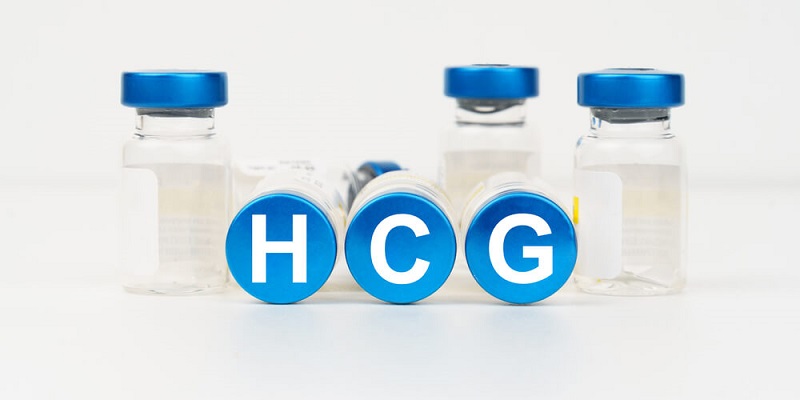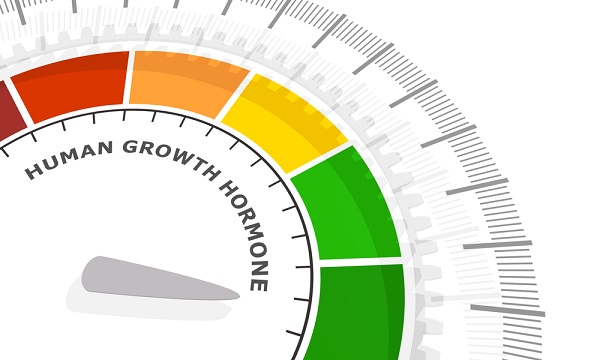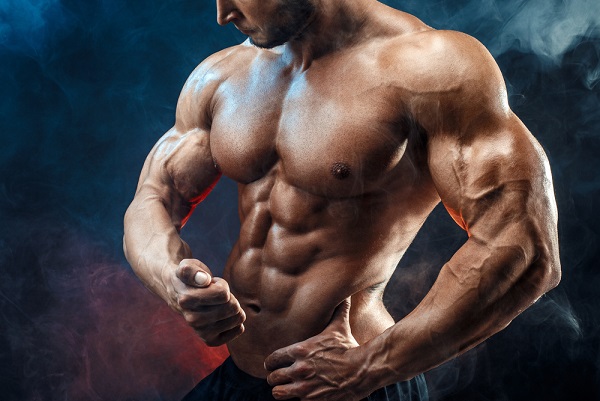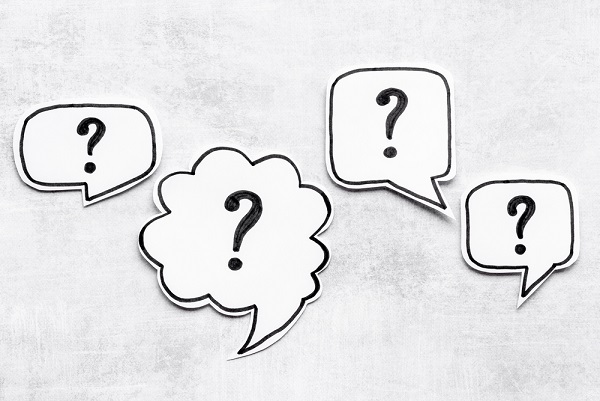HCG Use In Bodybuilding
HCG use in bodybuilding is becoming more common these days. Due to the fact that many steroids have the side effect of severely decreasing or even entirely shutting down regular hormone function while you’re on them, bodybuilders use HCG to assist reverse the issue of low or no natural testosterone production. Bodybuilders will utilize low dosages of HCG during a cycle of anabolic steroids to support maintaining the health and size of the testicles.
The use of HCG during steroid use can prevent the issue of testicular atrophy, but more importantly, taking HCG during a steroid cycle helps prepare the body for recovery once your cycle ends. During this time, your normal testosterone production and levels will be extremely low or even non-existent.
Taking HCG increases your hormone levels, such as testosterone and you will have more muscle gain. As opposed to breaking down muscles (catabolic condition), your body will be in an anabolic state.
Some of HCG brand names are:
- Chorex
- Novarel
- Ovidrel
- Pregnyl
- Profasi
1. What will hCG do for a man?
Human Chorionic Gonadotropin is a hormone that is naturally present in women and plays a significant role in pregnancy. In fact, the hormone only forms once a woman is pregnant because the placenta produces it after implantation, and once the level of HCG rises to a certain point, it is sufficient to determine whether a woman is pregnant.
In men, HCG is used medically to treat hypogonadism or low testosterone level. It is helpful to steroid users since it performs nearly identically to luteinizing hormone (LH). Because luteinizing hormone is produced in the pituitary gland and has a comparable function to HCG, luteinizing hormone can be thought of as a pituitary analogue to HCG. (1)
LH is essential for promoting the synthesis of natural testosterone. HCG use in bodybuilding is mostly during or after a steroid cycle. It is common to be used as Post Cycle Therapy (PCT) to help the body restore the testosterone level.
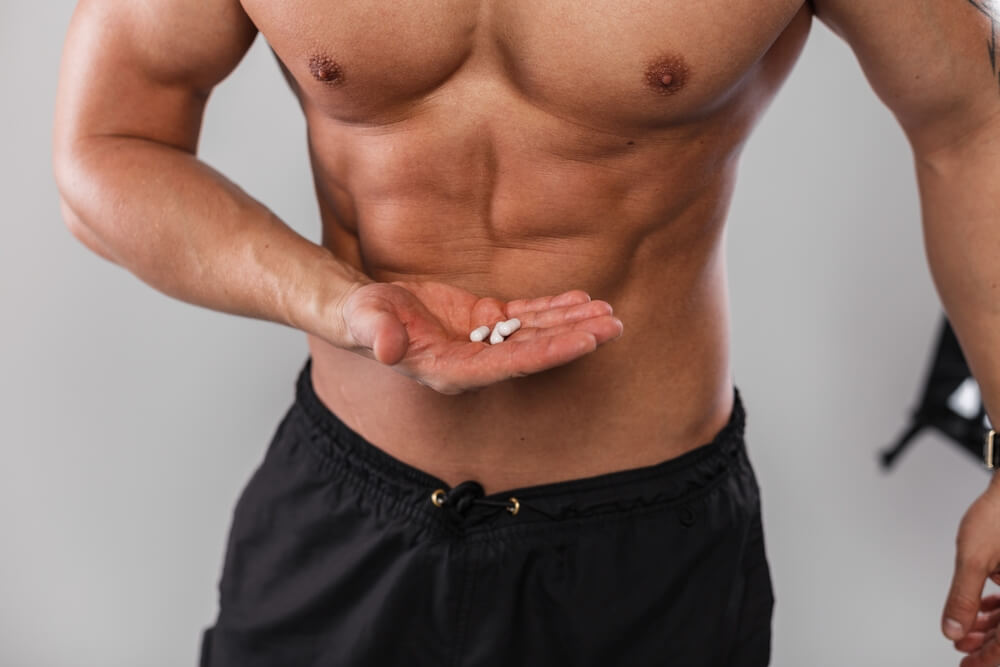
2. HCG Use In PCT
HCG benefits male bodybuilders. While Nolvadex and Clomid are typically quite successful on their own and are typically included in most PCT programs, many steroid users find that adding HCG to the PCT phase offers greater recovery benefits.
HCG use in PCT plan is to utilize it before beginning your normal SERM (Nolvadex or Clomid) dosage, because of its luteinizing hormone mimicking properties, it essentially acts as a jumpstart to the hormone production process. Following that, the SERMs take control for the remainder of your PCT cycle, resulting in a quicker and more complete recovery.
In most cases, natural testosterone production will be severely suppressed at the end of your steroid cycle, and without a proper PCT plan, the rate of recovery is incredibly slow, placing you in the unavoidable position of low testosterone and the symptoms and muscle loss that go along with it. This type of PCT plan serves the two main goals of post cycle therapy. It is to help you maintain your gains and to speed up the restart of natural testosterone production.
The timing depends on the steroid compounds you’ve used. After the start of the PCT, HCG is typically injected two to three times per week for about three weeks. Injections of 500–1000iu are given three times per week for a period of three weeks. SERM administration can start to continue for the remainder of your PCT phase.
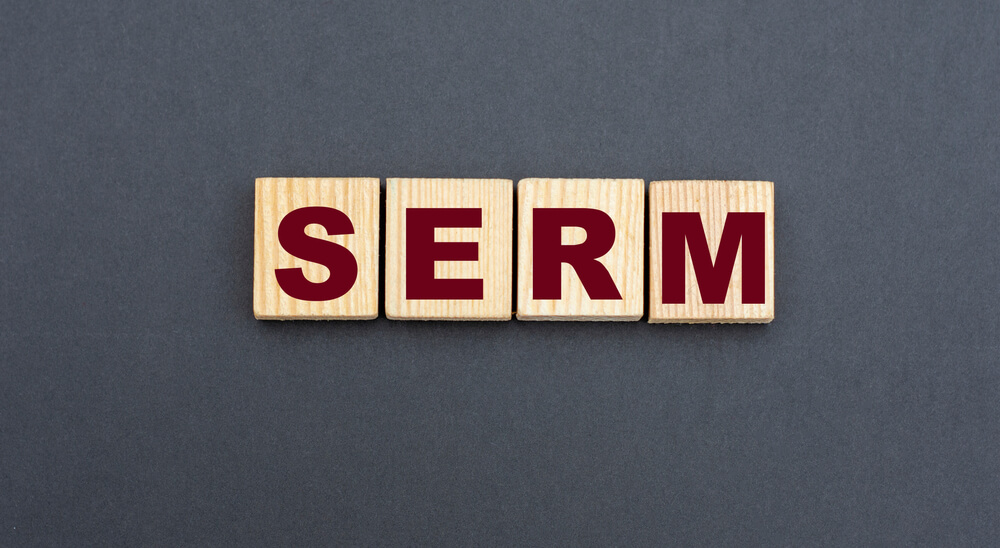
3. HCG vs SERMs
HCG vs SERMS is a common topic that most steroid users talk about. SERMs are drugs that are intended to either block particular estrogen receptors. HCG, on the other hand, is a hormone that women naturally make when they become pregnant. HCG functions very similarly to luteinizing hormone, but it does not directly target estrogen. Instead, it is able to assist boost testosterone in men.
Women who have breast cancer are typically treated with SERMs. Low testosterone, infertility in men, and issues with female fertility are all conditions that HCG is used to treat medically. HCG is the only one that is a single hormone with no difference across goods, although SERMs are offered as various products with somewhat variable chemical structures and effects. Only injections of HCG are now accessible, whereas oral tablets SERM medications must be taken more frequently than the once or twice weekly injections of HCG.
At any point during or after a steroid cycle, HCG is not meant to take the role of SERMs. Instead, it can be a very helpful addition, but one that must be used wisely and in accordance with knowledge of both the right dosage and the benefits and drawbacks of the addition. When HCG is used excessively, the intended result may not be achieved. you may return to a low testosterone state rather than experiencing an improvement or restoration.
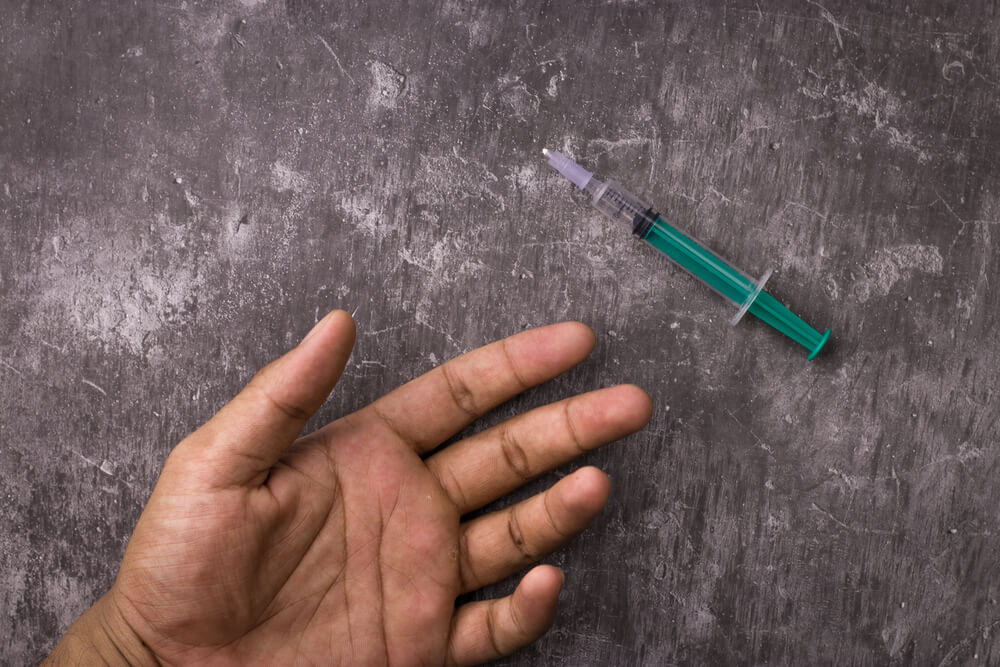
4. HCG Side Effects In Males
HCG is often a fairly well-tolerated medication, and few users will encounter any negative effects. Headaches, irritability, restlessness, exhaustion, depression, and gynecomastia are a few adverse effects to be aware of. To prevent any gynecomastia symptoms, HCG should only be taken concurrently with Nolvadex.
-how much does HCG increase testosterone
Research states that combination of TRT and administrating 500 IU of hCG every other day could increase 26% rise in testosterone levels in men. This demonstrated that patients taking TRT might sustain testosterone level by co-administering low dose hCG.
-does hCG increase estrogen levels in males
Yes, estrogen concentration increases after administration of HCG. It is determined that HCG injections during the luteal phase boost the production of both progesterone and estrogen, with progesterone rising before estrogen but the latter remaining elevated for longer. (2)
-how long does hCG take to work in males
Studies show that administrating 5000 IU hCG twice a week significant increases in testosterone levels at 1 and 3 months.
Summary
HCG can increase testosterone in men by acting similarly to luteinizing hormone (LH) which is a natural hormone that stimulates the testicles to produce testosterone. It also stimulates sperm production.
Through increasing the production of testosterone and sperm, symptoms of low testosterone and infertility can be relieved and the testicles can also grow larger, which addresses another of the common problems with steroid use of shrunken testicles because of the way that steroids send signals to the brain to stop producing testosterone as you are feeding your body synthetic testosterone hormone.
In men who want to maintain their fertility while receiving treatment for their hypogonadism, hCG is a secure and effective substitute for or addition to TRT. In males with hypogonadal hypogonadism or steroid-induced spermatogenesis impairment, hCG can also be given to assist restore spermatogenesis.
Instead of using testosterone, which has the added benefit of causing testicular enlargement and starting spermatogenesis, hCG can be used to induce puberty. The hormone HCG will increase the synthesis of testosterone and make it easier for the patient to regain his erection. The testes can regain their normal size and functionality with the aid of HCG.
If there is a history of infertility brought on by anabolic steroids, HCG in combination with antiestrogens may completely restore sperm and semen production in about five months. The use of testosterone and anabolic steroids must be stopped, though, in order to recover from hormone recession and infertility. With HCG, recovery can be hastened. However, it would appear that the concurrent administration of HCG during testosterone replacement therapy retains the testes’ ability to produce testosterone if testosterone were not stopped. The doses are then 250–500 IU are administered every other day.
Other Relevant Topics:

